Formic Acid
Description
Formic acid, or methanoic acid (HCOOH), is a colorless, pungent liquid widely used in several industries for its strong acidity and preservative properties. It’s typically available at concentrations of 85% or higher for industrial applications, though different grades exist depending on purity requirements.
Properties
• Chemical Formula: HCOOH
• Appearance: Clear, colorless liquid with a strong, pungent odor
• Boiling Point: ~100°C (212°F)
• Acidity: Strong, making it useful as a preservative and acidifying agent
• Solubility: Highly soluble in water, ethanol, and ether
Industrial Applications
1. Textile and Leather Processing
• Dye Fixing: In textile production, formic acid helps set dyes, especially in wool and nylon fabrics.
• Leather Tanning: Used in leather tanning and dyeing processes, formic acid helps improve leather quality by reducing pH, which is crucial for dye penetration and stabilizing the leather.
2. Rubber and Latex Coagulation
• Rubber Production: Formic acid is commonly used as a coagulating agent in natural rubber production. It helps coagulate the latex by lowering the pH, leading to more efficient solidification of the rubber.
3. Animal Feed Preservative
• Silage Preservation: As a natural preservative, formic acid is added to animal feed, particularly silage, to prevent microbial growth and spoilage. It inhibits the growth of harmful bacteria while promoting beneficial lactic acid bacteria, which improves the nutritional quality of the feed.
4. Agricultural Applications
• Pesticide Production: Formic acid is an intermediate in the production of certain pesticides and herbicides.
• Bee Health: It’s used in beekeeping as a treatment against mite infestations, such as Varroa mites, which are harmful to honey bee colonies.
5. Chemical Manufacturing
• Production of Formates: Industrial-grade formic acid is used to produce formate salts, such as sodium formate and calcium formate, which are used in various applications, including de-icing and as a component in animal feed.
• Reducing Agent: Formic acid acts as a mild reducing agent in various chemical reactions, especially in pharmaceutical and chemical manufacturing.
6. Cleaning Products and Descaling Agents
• Metal Cleaning and Treatment: Due to its acidity, formic acid is used as a descaling agent in metal cleaning, removing rust and other oxides from metal surfaces.
• Household Cleaners: Industrial-grade formic acid is occasionally used in low concentrations in some cleaning products, particularly in solutions for removing mineral deposits.
7. Biodegradable Fuel Cells and Hydrogen Production (Experimental)
• Energy Applications: Formic acid is researched for use in fuel cells as a potential alternative energy source, given its capability to release hydrogen upon decomposition, offering a clean fuel source for certain applications.
Safety and Handling
Formic acid can be corrosive and should be handled with care, as it can cause skin and eye burns and respiratory irritation. In industrial settings, proper ventilation, protective gear, and secure storage away from oxidizing agents are essential to ensure safe use.


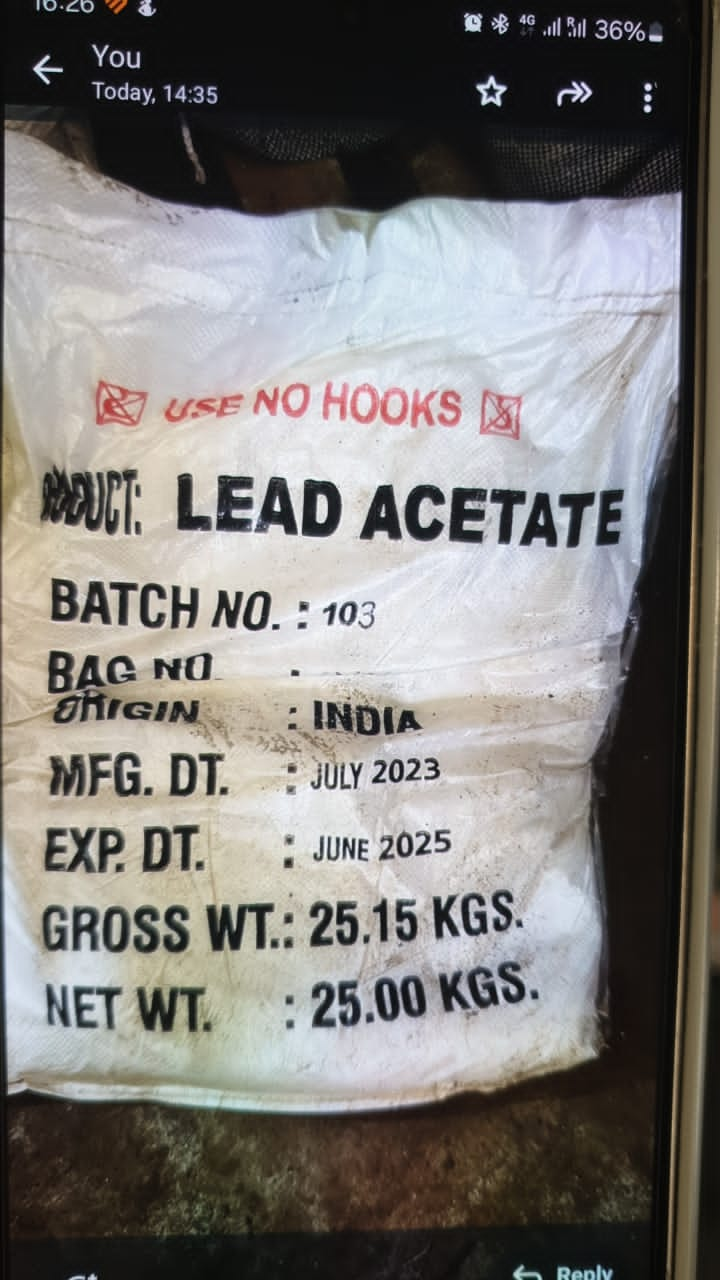
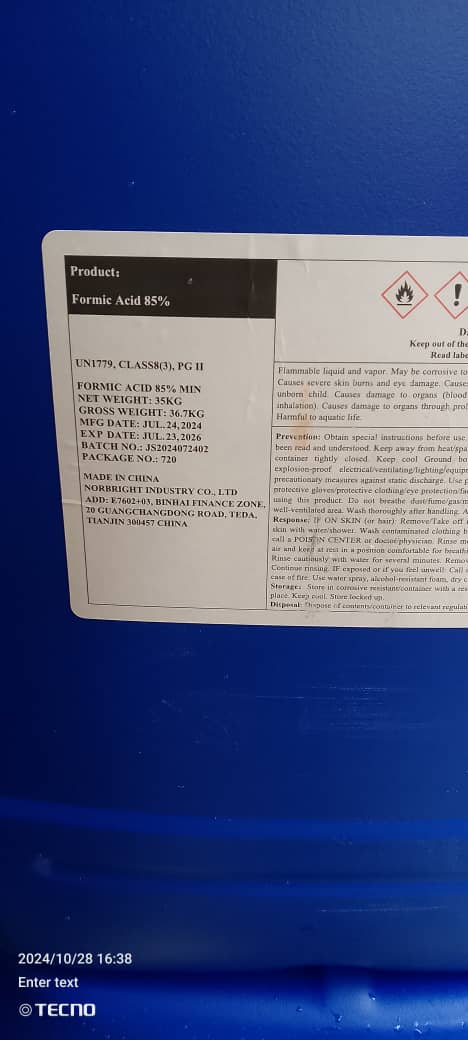
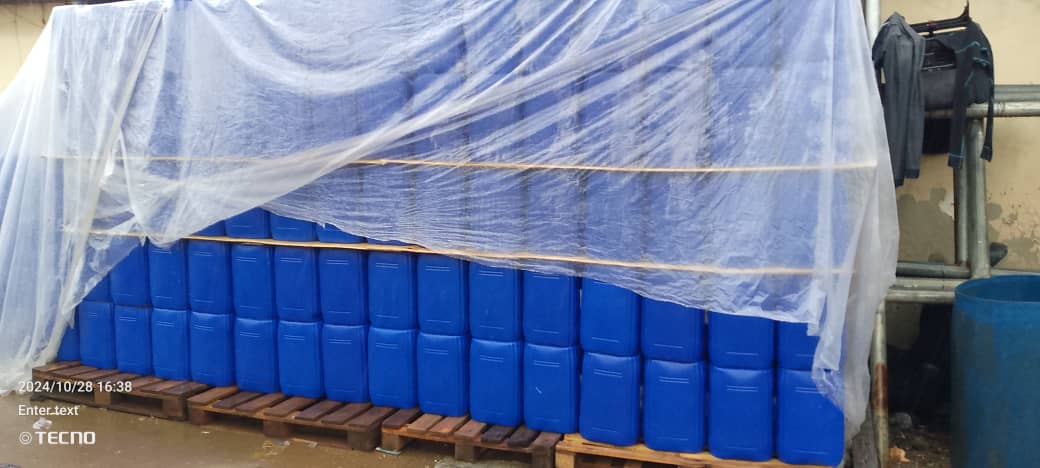

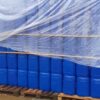
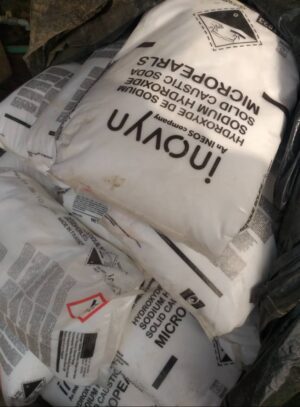
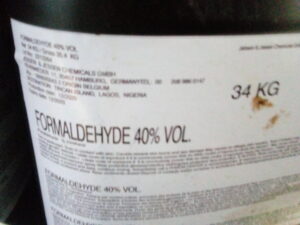
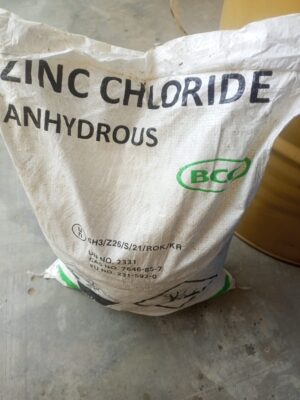
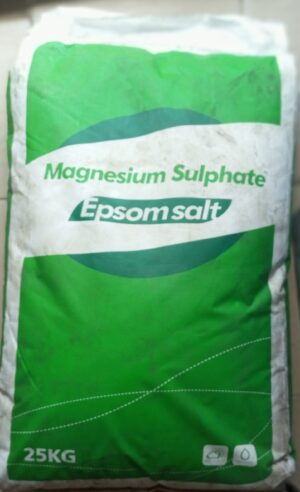
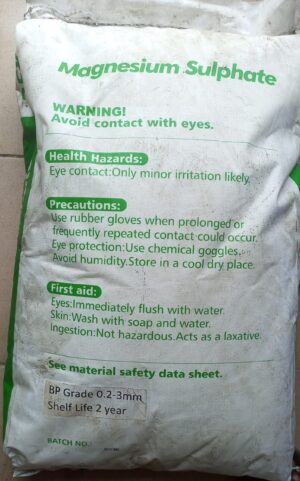

Reviews
There are no reviews yet.